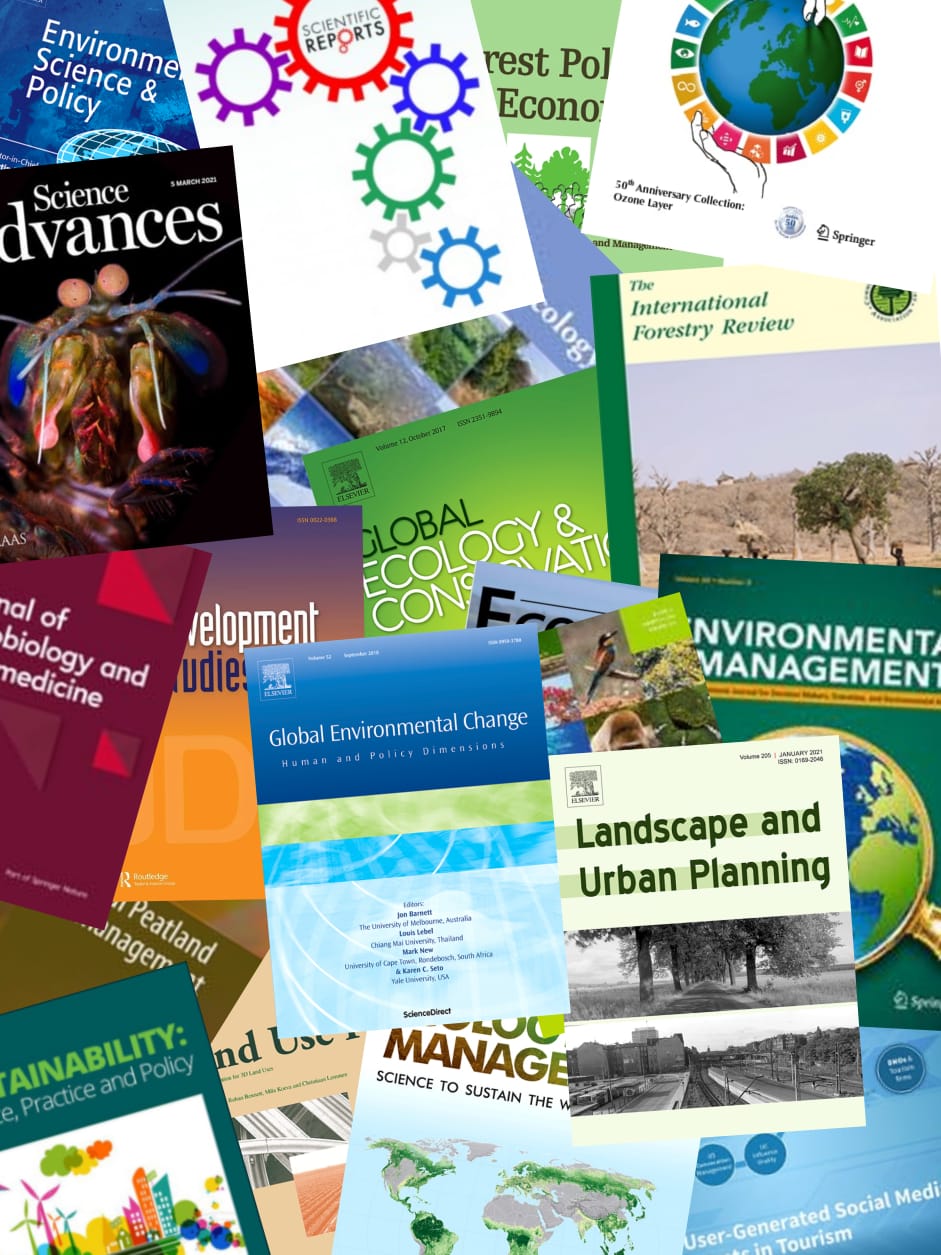Deforestation and draining of the peatlands in equatorial SE Asia has greatly increased their flammability, and in September–October 2015 a strong El Niño-related drought led to further drying and to widespread burning across parts of Indonesia, primarily on Kalimantan and Sumatra. These fires resulted in some of the worst sustained outdoor air pollution ever recorded, with atmospheric particulate matter (PM) concentrations exceeding those considered “extremely hazardous to health” by up to an order of magnitude. Here we report unique in situ air quality data and tropical peatland fire emissions factors (EFs) for key carbonaceous trace gases (CO2, CH4 and CO) and PM2.5 and black carbon (BC) particulates, based on measurements conducted on Kalimantan at the height of the 2015 fires, both at locations of “pure” sub-surface peat burning and spreading vegetation fires atop burning peat. PM2.5 are the most significant smoke constituent in terms of human health impacts, and we find in situ PM2.5 emissions factors for pure peat burning to be 17.8 to 22.3 g·kg−1, and for spreading vegetation fires atop burning peat 44 to 61 g·kg−1, both far higher than past laboratory burning of tropical peat has suggested. The latter are some of the highest PM2.5 emissions factors measured worldwide. Using our peatland CO2, CH4 and CO emissions factors (1779 ± 55 g·kg−1, 238 ± 36 g·kg−1, and 7.8 ± 2.3 g·kg−1 respectively) alongside in situ measured peat carbon content (610 ± 47 g-C·kg−1) we provide a new 358 Tg (± 30%) fuel consumption estimate for the 2015 Indonesian fires, which is less than that provided by the GFEDv4.1s and GFASv1.2 global fire emissions inventories by 23% and 34% respectively, and which due to our lower EFCH4 produces far less (~3×) methane. However, our mean in situ derived EFPM2.5 for these extreme tropical peatland fires (28 ± 6 g·kg−1) is far higher than current emissions inventories assume, resulting in our total PM2.5 emissions estimate (9.1 ± 3.5 Tg) being many times higher than GFEDv4.1s, GFASv1.2 and FINNv2, despite our lower fuel consumption. We find that two thirds of the emittedPM2.5 come from Kalimantan, one third from Sumatra, and 95% from burning peatlands. Using new geostationary fire radiative power (FRP) data we map the fire emissions’ spatio-temporal variations in far greater detail than ever before (hourly, 0.05◦), identifying a tropical peatland fire diurnal cycle twice as wide as in neighboring non-peat areas and peaking much later in the day. Our data show that a combination of greatly elevated PM2.5 emissions factors, large areas of simultaneous, long-duration burning, and very high peat fuel consumption per unit area made these Sept to Oct tropical peatland fires the greatest wildfire source of particulate matter globally in 2015, furthering evidence for a regional atmospheric pollution impact whose particulate matter component in particular led to millions of_x005F_x000D_
citizens being exposed to extremely poor levels of air quality for substantial periods.
View source

